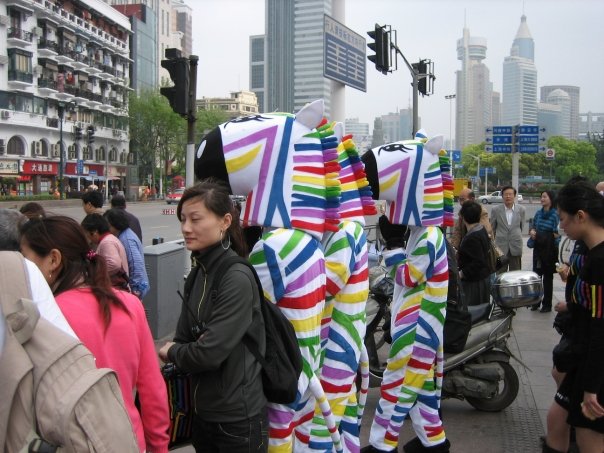Zebra Hat
Research on Student Learning about Random
Did you know....?
Before a statistics course, the definitions for random given most often by undergraduate students are:
- An occurrence that has no definite aim or purpose, unplanned, haphazard, spontaneous, different
- Selecting without prior knowledge, criteria or agenda, or choosing blindly with not particular method
Students write sentences such as,
- What a random time for it to rain
- His question was random and had nothing to do with the topic.
After a statistics class, when students are asked to provide the statistical meaning for random the most common definitions given are:
- When things are chosen without order, reason and/or pattern
- A process that creates a sample that is unbiased or representative of the population
Students rarely mention probability explicitly, though about 8% write that everyone had an equal chance of being selected for the sample and the same number indicate that a random sample was one selected by chance.
Zebra and Hat Images
Use the images to contrast the colloquial and statistical meanings of the word random.
 |
 |
|
Random Zebras on a street in Shanghai |
Random Hat for drawing samples |
Slides to enact a Hat vs Zebra Activity
Possible Assessments
- Ask students to write a definition of the meaning of random as it is used in statistics.
- Ask students to describe a method of taking a random sample. For example, "How would you select a random sample of gas stations in our county?" or "How would take a random sample of all athletes who started college at our university?"
Results from Classroom Testing
More than 10% of students exposed to the zebra vs. hat mnemonic image mentioned probability explicitly when defining random at the end of the semester. These students were also 5 times more likely than other students to say that everyone had an equally likely chance of being chosen in a random sample and twice as likely to say a random selection is one done by chance. More than 30% of the students mentioned a chance agent, such as a hat or dice, in their writing about randomness.
The percent of students who gave a valid statistical response to the question, "Describe how to take a random sample of 100 athletes who started college at our university in the last 40 years" went from 43% in a class that did not experience the zebra vs hat mnemonic image to 78% in a class that did.
Further Reading
- Lecoutre M.-P., Rovira K., Lecoutre, B., & Poitevineau J. (2006). People’s intuitions about randomness and probability: an empirical study. Statistics Education Research Journal, 5(1), 20–35.
- Falk, R. (1991). Randomness – an ill-defined but much needed concept. Journal of Behavioral Decision Making, 4(3), 215–218.
- Kaplan, J.J., Rogness, N. & Fisher, D. (2014). Exploiting Lexical Ambiguity to Help Students Understand the Meaning of Random. Statistics Education Research Journal, 22(1).
- Wagenaar, W. (1991). Randomness and randomizers: Maybe the problem is not so big. Journal of Behavioral Decision Making, 4(3), 220-222.
